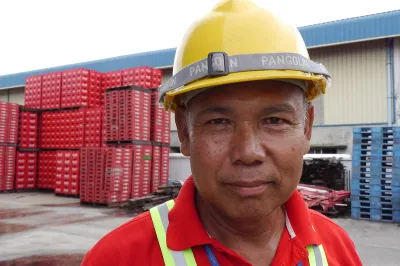Paper
Microfinance Donor Projects: 12 Questions About Sound Practice
Why sustainability is important for MFIs?
2 pages
A MFI institution is sustainable when it is able to cover all of its costs through interest and other income paid by its clients
This paper divides donor microfinance projects into four different categories, depending on whether the funds are disbursed to:
- A retail MFI;
- A wholesale apex fund;
- A component of a social fund or community development project;
- A technical implementer.
In order to implement sound practices, the MFIs should be able to address the following questions:
- Is there a credit component in this project?
- Is credit appropriate for the target clients?
- How poor are the clients being served?
- Were microfinance specialists involved in project design?
- Are retail-level financial services provided by specialised institutions?
- Is the project supporting development of sustainable retail-level microfinance institutions?
- Does the project's design create disbursement pressure?
- Are there sustainability-related criteria for selecting retail MFIs and tracking their performance, especially profitability and loan collection?
- If the project involves a second-tier apex (wholesale) fund, does the project design justify the apex by demonstrating that a sufficient number of strong retail MFIs can absorb the funding?
- If the project involves an apex fund, has it been protected from political pressure and interference?
- Is the national government?s interest rate policy conducive to sustainable microfinance?
- If the project involves a special licensing window for MFIs, does the banking authority have the capacity to supervise them?
[Adapted from author]
About this Publication
Published


